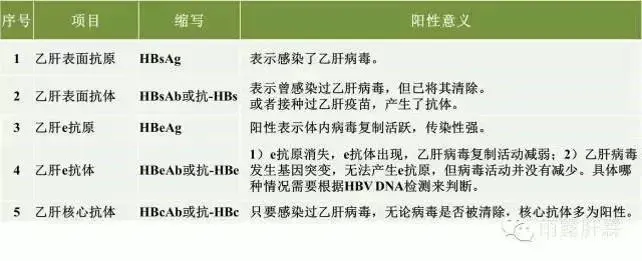Title: Second Treatment for Hepatitis C Genotype 2a: An Effective Approach
Introduction:
Hepatitis C, caused by the hepatitis C virus (HCV), is a global health concern affecting millions of people worldwide. Among the various genotypes of HCV, genotype 2a is prevalent in certain regions. While the primary treatment for hepatitis C is antiviral therapy, a second treatment may be required for patients who have previously undergone treatment but failed to achieve a sustained virologic response (SVR). This article aims to discuss the effectiveness of second-line treatment options for genotype 2a hepatitis C.
Background:
Treating hepatitis C genotype 2a has evolved significantly over the years. The introduction of direct-acting antiviral (DAA) agents has transformed the landscape of hepatitis C treatment, enabling highly effective and tolerable regimens. However, there remains a subset of patients who do not achieve an SVR with initial treatment, necessitating the need for a second-line approach.
Second-Line Treatment Options:
1. Sofosbuvir and Ledipasvir:
This combination therapy has shown remarkable success in the treatment of genotype 2a hepatitis C. Sofosbuvir, a nucleotide analogue NS5B polymerase inhibitor, and ledipasvir, an NS5A inhibitor, target different stages of the viral replication cycle. The high cure rates and minimal side effects make this combination an excellent choice for second-line treatment.
2. Glecaprevir and Pibrentasvir:

Glecaprevir and pibrentasvir combination therapy is another effective option for patients with genotype 2a hepatitis C. This regimen acts as a potent NS3/4A protease inhibitor and NS5A inhibitor, respectively. It has demonstrated high cure rates even in patients who have failed prior treatment, making it a promising second-line treatment strategy.
3. Sofosbuvir and Velpatasvir:
Sofosbuvir combined with velpatasvir is a recommended option for patients who have not had prior exposure to NS5A inhibitors. This regimen works by inhibiting the NS5A and NS5B proteins, effectively suppressing viral replication. Studies have shown significant SVR rates, even in patients with previous treatment failure.
4. Elbasvir and Grazoprevir:
Elbasvir and grazoprevir combination therapy is an alternative for patients who have previously been treated for genotype 2a hepatitis C. Both drugs act by inhibiting NS5A and NS3/4A, respectively, effectively blocking viral replication. Although slightly less effective than other options, it still offers an encouraging cure rate.
Conclusion:
While initial treatment for genotype 2a hepatitis C has improved significantly with the advent of DAA therapies, a small percentage of patients may require a second-line approach. Fortunately, there are several highly effective treatment options available for these individuals. Sofosbuvir and ledipasvir, glecaprevir and pibrentasvir, sofosbuvir and velpatasvir, and elbasvir and grazoprevir have all shown promising results as second-line therapies for genotype 2a hepatitis C. Proper selection of the second-line treatment approach should be based on factors such as efficacy, prior treatment history, and potential drug interactions. Ultimately, with these advancements in treatment, patients with genotype 2a hepatitis C have an improved chance of achieving a sustained virologic response and reclaiming their health.
